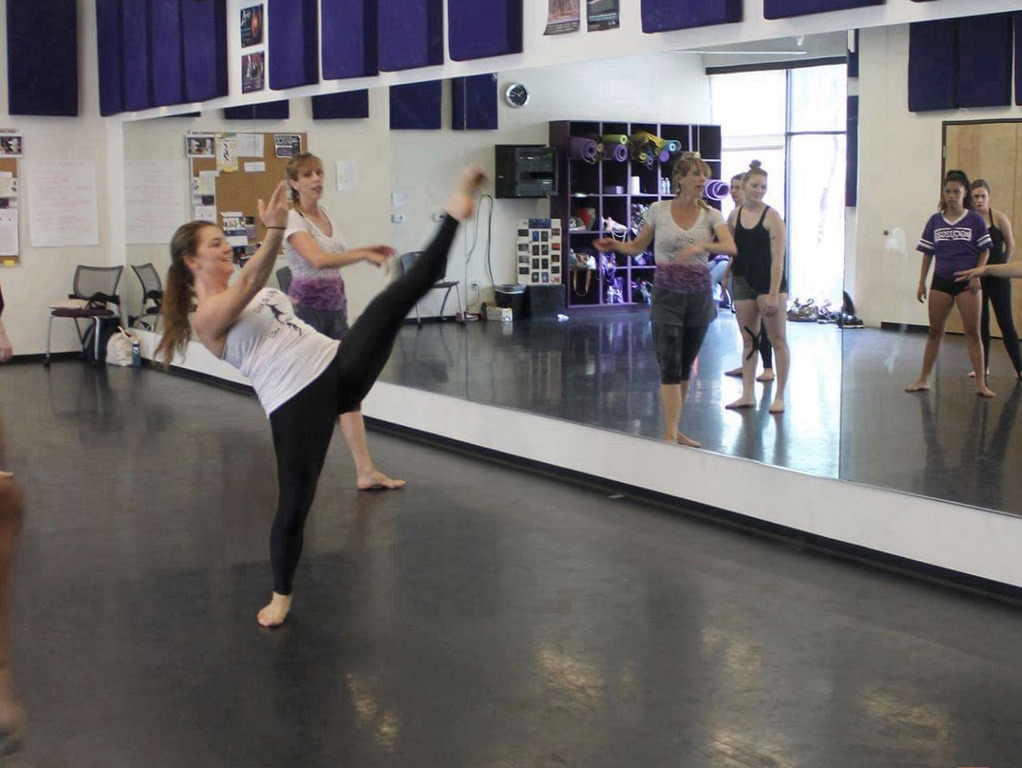Practice is the means of inviting the perfection desired.
— Martha Graham
In secondary dance programs, it can be difficult to create space for everything we want to address in our curriculum. Finding adequate time to develop critical dance competencies is challenge number one, especially when the typical class format is under an hour. Tasked with exploring the creative process, teaching movement, preparing for concerts, monitoring students’ overall academic needs, and tending to the administrative tasks of running a dance program, is often overwhelming.
Classes in secondary schools are often sorted into beginning, intermediate, advanced, and company. Students audition for the company class, but there may be a minimum number of students that teachers must place in the course to keep it open. For this reason, students who aren’t technically prepared may be enrolled in intermediate and advanced courses sooner than they should. Consider that once they arrive in company class, a brief warm-up is often all they receive, since a large portion of their time is dedicated to rehearsal. Certainly, learning and performing choreography is a wonderful way to reinforce dance technique, but does it suffice on its own?
In the postsecondary dance program where I led pre-service teacher candidates, I like to pose questions to spur students’ thinking, such as:
- “What’s the best way to develop the movement skills that I ask students to perform onstage?”
- “How do I help my students dance safely, introducing skills in a progressive manner?”
- “How do I help them keep dancing and moving through their lifetimes?”
- “Should I expose students to a broad range of forms and styles of dance, or is it enough to teach only a few forms or styles that I understand well?”
- “Why is it important for students to gain proficiency in one or more dance techniques when only a few of them might become dancers?”
- “How can I inspire students to develop their technique as well as their creativity and personal expression?”
- “How do I counteract the pressure of my school administration or the students themselves to increase the visibility of the program through frequent performances?”
- “Do students always know what’s good for them?” (Or better yet, “will they accept it?”)
Often, our students won’t appreciate our methods until long after they’ve left our tough but tender care. Providing the daily ritual of class is an essential part of the dancer’s development because it is here that students will gain sufficient practice to embody movements deeply, allowing them to take greater risks and spread their creative wings. In the words of Merce Cunningham, “The most essential thing in dance discipline is devotion, the steadfast and willing devotion to the labor that makes the classwork, not a gymnastic hour and a half, or at the lowest level, a daily drudgery, but a devotion that allows the classroom discipline to become moments of dancing too…”
(Originally published in the AzDEO bimonthly e-newsletter, April 2014)
